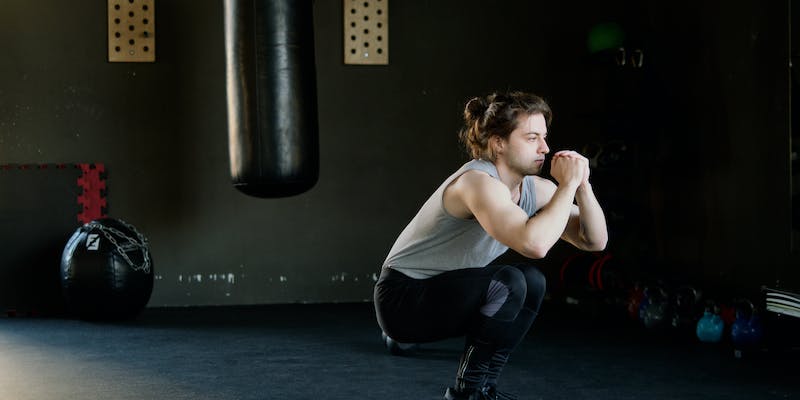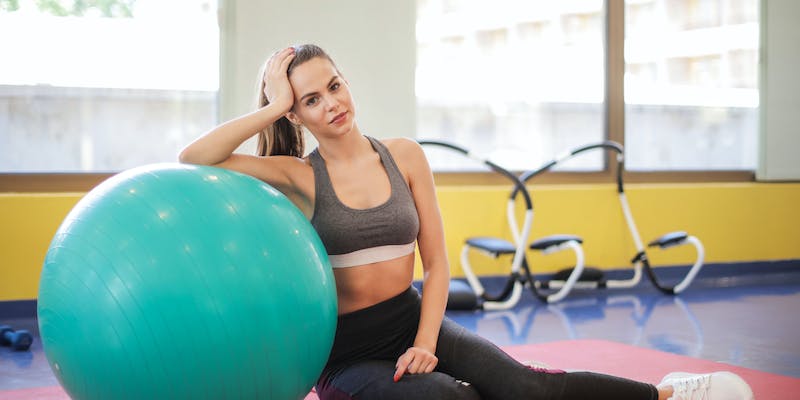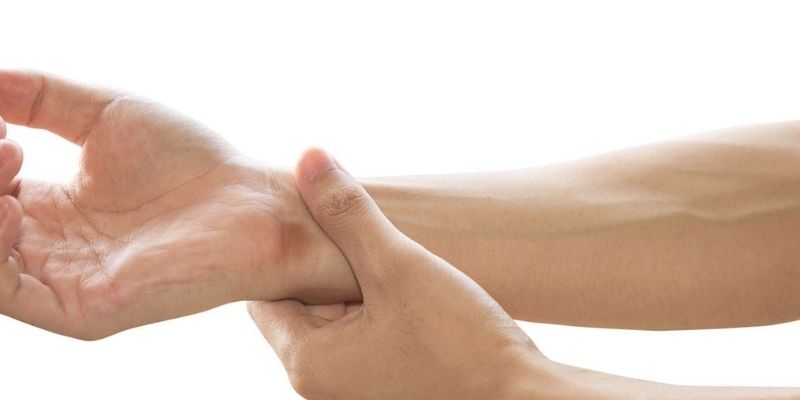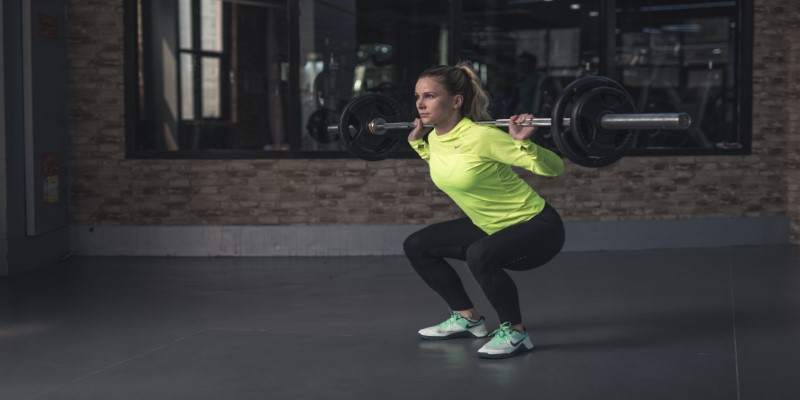The Bulgarian split squat is one of the most well-known exercises for strengthening the legs and enhancing balance. However, sticking to the same exercise might get tiresome and may not provide your muscles with enough challenge. This is why having variety is helpful! You can keep your workout interesting and train your muscles differently by incorporating new moves.
This article will explain five easy ways to perform the Bulgarian split squat, improving your leg day performance. If you want to learn about some variations of Bulgarian split squats, you are at the right place.
What is Bulgarian Split Squat?
Bulgarian split lunges are a moderately intense workout that improves balance and stability while strengthening your lower body. The Bulgarian split squat's modified version of the single-leg squat involves elevating the back leg on a bench or sturdy chair. The exercise, which is a unilateral, single-leg squat, stimulates the quadriceps muscles more than other comparable lower-body motions.
How to Do a Bulgarian Split Squat?

To begin, stand in front of a bench that is knee-level. Place your right foot on the stool with the top of the foot raised behind you. Your right foot should be sufficiently far in front of the bench so that you can lunge easily; move your feet about slightly to find the ideal location. Your feet must be roughly shoulder-width apart. Lean a bit forward at the waist and rotate your shoulders back while contracting the muscles in your core. Then, lower your left leg and bend its knee.
When performing a Bulgarian split squat with your quadriceps dominating, slow down before your knee crosses your toes. When performing a Bulgarian split squat with your thighs dominant, slow down when your left leg is parallel to the floor. To get back up to standing, push with your left foot and use the thigh muscles and quadriceps for strength. After completing the required repetitions on this leg, swap and place the left foot on the bench.
If you've never performed Bulgarian split squats before, you can start with two sets of six to eight repetitions on each leg until you build strength and become used to the exercise. Once you can perform three sets of twelve repetitions on each leg without discomfort, think about increasing the resistance by holding a small dumbbell in each hand.
Variations of Bulgarian Split Squats
Considering your current skill level, you may wish to modify the Bulgarian split squat. These five fantastic variants can let you customize your exercise routines.
Standard Split Squat
The standard split squat is a less complex lower-body workout compared to the Bulgarian split squat. This is how you do it: Place your feet about hip-width apart and step back to make a lunge. Lower your body down ultimately, keeping the front knee above your ankle. Ensure that your rear leg is bent at a nearly 90-degree angle.
Your quadriceps, thighs, and hips will work out during a regular split squat. It enhances your stability and sense of balance while also assisting you in developing stronger legs. It's a full-body workout because it works your core muscles.
Bulgarian Split Squat with Weights
Add weights to your Bulgarian split squats to increase their difficulty and develop a bigger bottom. For this, you can use a barbell or handle dumbbells. Begin using lesser weights and concentrate on performing the exercise correctly. You can progressively increase the weight as you attain strength. This will increase strength and muscular tone, particularly in your thighs and glutes. But keep in mind, move cautiously to prevent injury to yourself.
Zercher Bulgarian Split Squat
The Zercher Bulgarian split squat is a more challenging variation of the split squat. This is how you do it: Place a waist-high barbell on a rack. Put one foot in front and the other on a seat behind you to form a split squat while facing away from it. Lift the barbell with your back and place it against your upper body with your elbows. Once you're in a squat position, align your front knee with your ankle. Return to the initial position by pushing up.
This is an excellent exercise to strengthen your upper back, core, and legs. Holding the weight against your chest is difficult and engages your core muscles extensively. It also supports the development of stability and strength in your upper and lower body. To prevent injury, just begin with modest weights and concentrate on maintaining proper form.
Squats with Exercise Ball

Bulgarian split squats are made more difficult by using an exercise ball, making balance more difficult. This is how you do it: With one foot on the exercise ball and the other remaining on the ground, take a stand in front of it. Maintain an erect posture and a contracted core.
Maintain your balance on the exercise ball, squat down, and then push yourself back up. This strengthens your core and legs more. Repeat after switching legs. It's a fantastic method to increase strength and balance, but begin cautiously to prevent falls.
Eccentric Bulgarian Split Squat
A challenging variation that requires a very slow descent is the eccentric Bulgarian split squat. This increases the intensity of the exercise and puts greater strain on your muscles. Step in the direction of a stool with one foot elevated behind you to perform the exercise. Take 3 to 5 seconds to get yourself into a slight squat position. Maintain an erect posture and align your front knee with your ankle. Push yourself back up after lowering yourself till the front of your thigh is level to the floor. For a well-rounded workout, continue on the other leg.
This type of split squat is excellent for developing your thigh muscles and strength. Concentrating on lowering yourself gently causes your muscles to contract more, strengthening them. To prevent injury, it's crucial to begin with smaller weights or your body weight and to always use the proper form. The eccentric Bulgarian split squat may greatly enhance the strength and definition of your legs with continued repetition.
Conclusion
In conclusion, experimenting with numerous Bulgarian split squat variations might improve your leg exercises. Every variation, from simple to complex, such as the Zercher and eccentric squats, stimulates your legs differently to enhance stability and strength. To prevent injury, start light and concentrate on good form. As you get better, progressively increase the weight and intensity.







